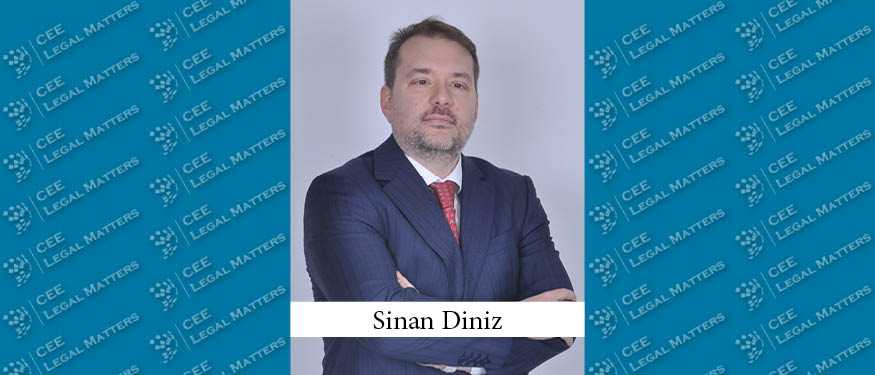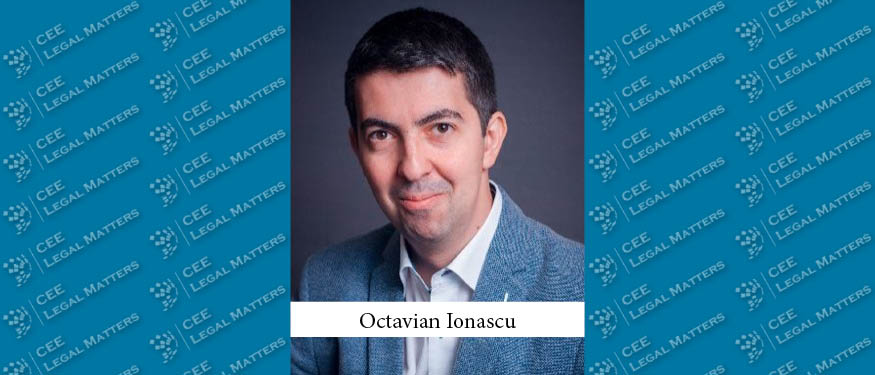With ESG gradually coming into focus, companies, industries, and whole countries are looking to the TMT sector for guidance. CMS Ukraine Partner Olga Belyakova and CMS Bosnia and Herzegovina Counsel Sanja Voloder share their insights.
CEELM: How do you see the interplay between ESG and TMT work? Will all companies become data-driven companies, regardless of industry? What does that mean for the work of TMT lawyers?
Voloder: Without a doubt, ESG is here to stay, and the interplay with the TMT industry is diverse. In our work, we are witnessing that ESG is affecting companies in this industry both through their relations with shareholders, employees, investors, etc., as well as in terms of their business: their products, services, and solutions. The current view is that, in many ways, this industry will (and carries the burden to) lead the change in ESG performance across industries, due to the widespread impact and use of the solutions and services it provides.
While it is difficult to make predictions across industries in our ever-changing business climate, it can be argued that the availability, quality, and the ability to analyze, manage, and utilize data shall become paramount for companies, especially considering the focus on ESG will expand. This is because regulatory and financier interest is shifting towards more sustainable businesses; partners, suppliers, and employees demand environmental and social governance and responsibility; and customers and consumers are attracted to those principles, with ESG performance often being directly correlated to business growth. Therefore, for a business to identify and demonstrate where it stands, how it will improve, or how well it is already doing in terms of its sustainability impact, ESG data is crucial.
Lawyers need to be aware of the significant impact ESG has on their TMT clients, in terms of the business model, operations, and stakeholder relations, but also with respect to their existing products and services. Clients particularly value our ability to understand the multiverse of ways in which this industry impacts global sustainability, while also being able to take a company-specific approach to identify and address the ESG-related risks they are facing – or capitalizing on the opportunities. Therefore, a future-facing lawyer should already hold a solid grasp of the relevant ESG and sustainability issues and be able to keep up with the ongoing developments, both in terms of ESG frameworks and the tech solutions aiming to tackle them.
CEELM: What are the current challenges the sector is facing, in terms of data?
Voloder: Obstacles with respect to ESG data are not only faced by the TMT industry – this is a widespread and real challenge since data is critical across a company’s ESG journey. Data is necessary to make the starting point assessment, identify and monitor thresholds, ensure the measurability of improvements, and, importantly, to report and communicate such efforts to the public, including competitors, investors, customers, suppliers, and the existing or potential workforce.
Considering the topic touches on such a vast set of issues and business operations, the efficient collection of accurate and complete data, verification, materiality analysis thereof, and reporting are a major challenge due to data dispersion and lack of uniformity (or too much, leading to unadjusted results) and the process generally being burdening on a business’s operations, time, and financial resources. Doing this through the usual (unautomated) business tools causes errors, inconsistencies, and a lack of management over the collected data – which leads to unreliability and inaccuracies. Therefore, the need for the development and integration of new technology and/or digital solutions is becoming essential.
CEELM: What are the opportunities and what’s needed to come out on top in the current ESG-driven data race?
Belyakova: ESG is a hot topic, and it’s because companies see value in sustainability programs. The impact of ESG policies and their timely implementation and actualization is indisputable: productivity gains, cost savings, reduced risk factors, a lower number of environmental accidents, etc. A smart ESG agenda also helps businesses pay lower insurance premiums, get better loan conditions, and attract investments. Therefore, the number of international organizations setting sustainability standards is rapidly increasing, which brings cross-opportunities and ensures inter-sectoral cooperation.
The ‘E’ in ESG is particularly under the spotlight internationally, which leads to the creation of new business products like green financing, offering financial institutions a new vector of development. And green energy is no longer a mere trend, but an ‘implied approach’ in the data center industry for example. The tech sector enjoys growing opportunities, particularly in consumer goods, offering data tools for monitoring supply chains. And increased demand for high-quality sustainable real estate leads to building smart offices and developing scope 3 emissions calculators. It’s not a secret that consumers increasingly favor products with better ESG credentials, which allows production companies to differentiate themselves with the help of their ESG action points.
To come out on top in the current ESG-driven data race, organizations should make use of various data analytics as well as ESG reporting and management tools, be it artificial intelligence, machine learning, or other ESG-related software. The tech element of ESG will definitely become a driver of their development. Companies should also start thinking of having ESG-dedicated teams with relevant sector-specific skill sets, to help management take future-facing decisions.
CEELM: And what specific tools will come into play to achieve those goals?
Belyakova: Given how important the ESG agenda is for the majority of global enterprises, it’s no surprise that TMT, and more specifically the IT sector, has picked up the trend and is already developing various tools to enhance ESG program implementation. We are now observing various software products that not only help analyze the gaps in companies’ ESG policies, but also offer sophisticated analytics data of their environmental impact in the energy, oil, and gas and production sectors.
ESG data analytics and reporting tools are still at an early stage of development but are expected to grow by an order of magnitude in the next couple of years. AI solutions will likely become a driver in achieving ESG goals and offer unique tools such as qualitative analytics of ESG forecasting parameters, special ESG reporting tools, and algorithms that can offer early-stage risk analysis and risk prevention. Blockchain technologies can improve traceability throughout the ESG supply chain and scrutinize the ESG credentials of products, services, and goods. And digital twins already play their e-role in the energy sector – this technology will likely expand further due to its ability to help understand and predict energy consumption.
TMT companies will have a huge impact on the ESG agenda, given how much their business overlaps with other sectors. The rollout of 5G has already led to the exchange of more data using less power, and the need for energy efficiency will likely help build technologically smarter buildings and greener data centers. And all that gives ESG tech tools a huge space to grow into.
CEELM: Finally, how do you see the role of TMT lawyers in five years’ time?
Belyakova: The pace and scope of digital transformation and the adoption of new regulations and business rules throughout the globe will make legal teams expand their technical skills, gain a compliance background, and closely cooperate with – or even include – narrow tech specialists to offer clients more focused expertise.
This article was originally published in Issue 10.4 of the CEE Legal Matters Magazine. If you would like to receive a hard copy of the magazine, you can subscribe here.





















